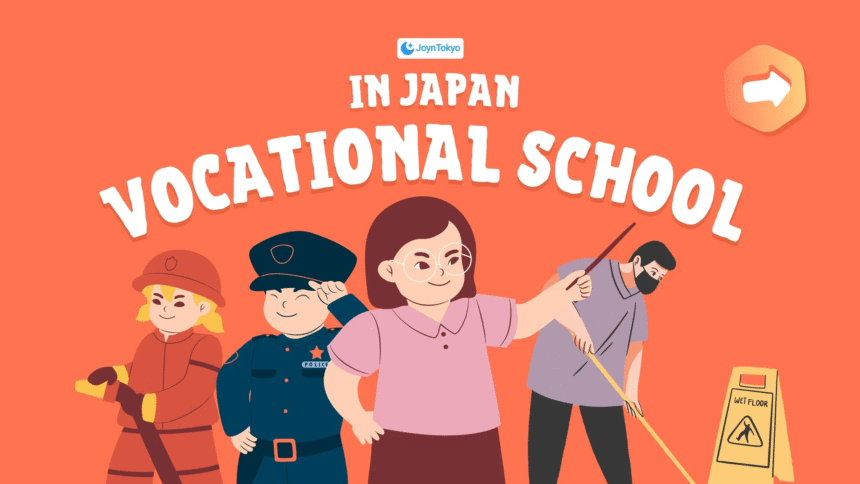Studying Japanese inside Japan immerses you in the language 24/7—classrooms, cafés, convenience stores, and karaoke bars all become practice sites. This guide explains what to expect in 2025: costs, visas, school selection, and tips to thrive academically and culturally.
Top Japanese Language Schools in Japan
Finding the right Japanese language school is the most important step in planning your study journey. Each school in Japan offers unique advantages, from university-prep programs and career support services to cultural immersion activities that go beyond textbooks. The schools below are among the most trusted and well-reviewed options for international students in 2025. They are known for high teaching standards, diverse student communities, and proven pathways into Japanese universities and workplaces.
KAI Japanese Language School – Tokyo

KAI is a pioneer in tech-enhanced language education. Its classrooms integrate iPads, digital textbooks, and modern learning apps that allow students to review lessons anytime. The school also offers electives in business Japanese, making it an excellent choice for students aiming for a corporate career in Japan. Small class sizes encourage personalized teacher feedback, and international diversity creates a lively, multicultural environment. Many graduates highlight KAI’s strong academic support when preparing for the JLPT N2/N1.
ISI Language School – Tokyo, Kyoto, Nagano
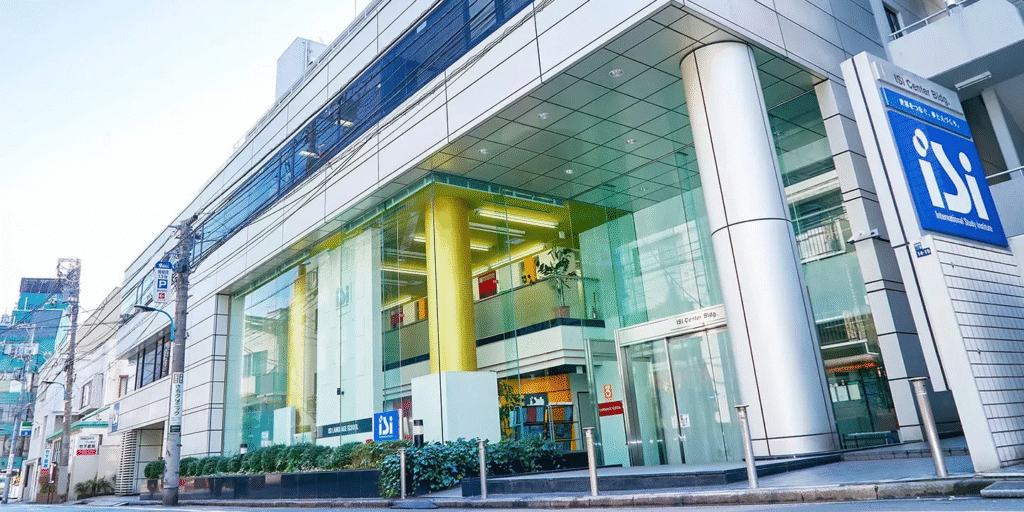
With multiple campuses across Japan, ISI offers flexibility unmatched by many competitors. Students can begin in Tokyo for urban immersion and later transfer to Kyoto or Nagano without re-applying. ISI provides customizable course lengths (3–24 months) and tracks that focus either on academic university preparation or conversational fluency. Strong partnerships with Japanese universities make ISI one of the best schools for students planning to pursue a degree in Japan. Career guidance services, including résumé workshops and mock interviews, add to its appeal.
Shinjuku Japanese Language Institute – Tokyo
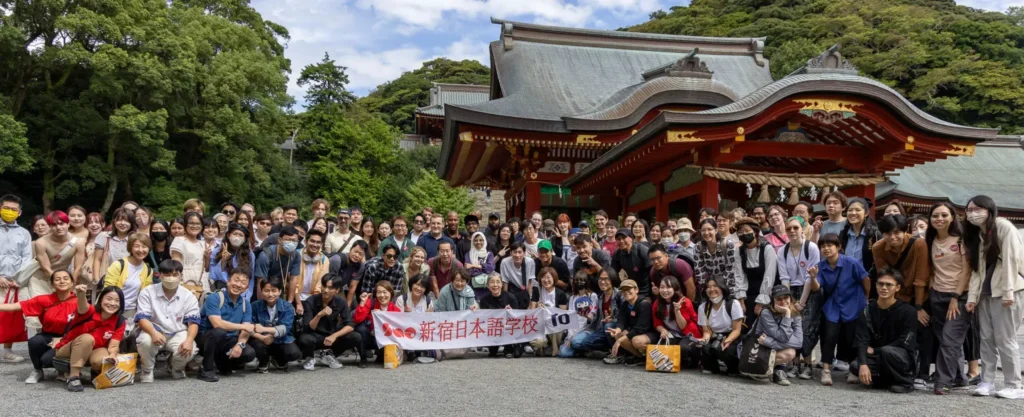
Famous for the innovative Ezoe Method, this school uses a visual grammar system that simplifies complex sentence structures into easy-to-remember diagrams. The method is especially effective for learners struggling with traditional grammar drills. SNG offers intensive JLPT N2/N1 courses and maintains long-standing credibility with universities and employers. Its Tokyo location places students at the heart of Japan’s busiest district, providing countless opportunities for real-world language practice.
ARC Academy – Osaka & Tokyo

ARC Academy is career-focused, providing not only language instruction but also company tours, cultural workshops, and CV writing training to help students transition into Japanese workplaces. It has campuses in both Tokyo and Osaka, allowing students to experience Japan’s two largest business hubs. ARC places a strong emphasis on practical Japanese and business etiquette, making it popular among students aiming for professional careers in Japan.
Coto Academy
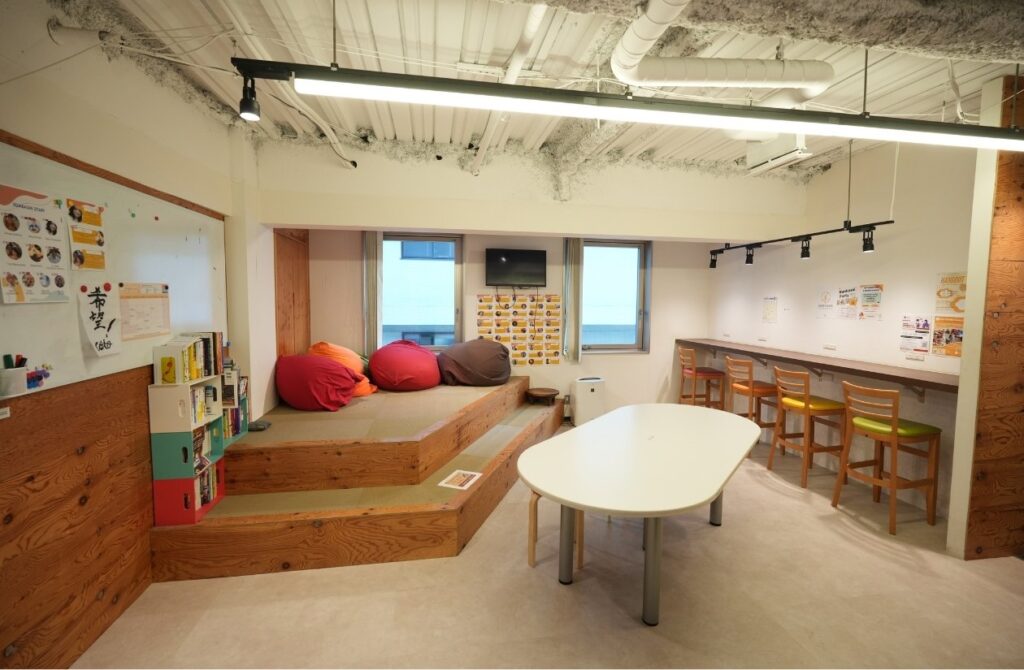
Coto Academy specializes in flexible, conversation-focused Japanese courses designed for busy professionals and residents. Its programs range from part-time evening and weekend classes to intensive full-time study, making it easy for students to fit lessons into their schedules. The curriculum emphasizes practical communication skills for daily life and workplace interaction, with small classes that encourage active participation. Coto also provides private tutoring and tailored corporate training, making it a strong option for expats who want to improve fluency while balancing work or family life. The welcoming community atmosphere and strong support services have made Coto a popular choice among long-term learners in Japan.
Genki Japanese and Culture School
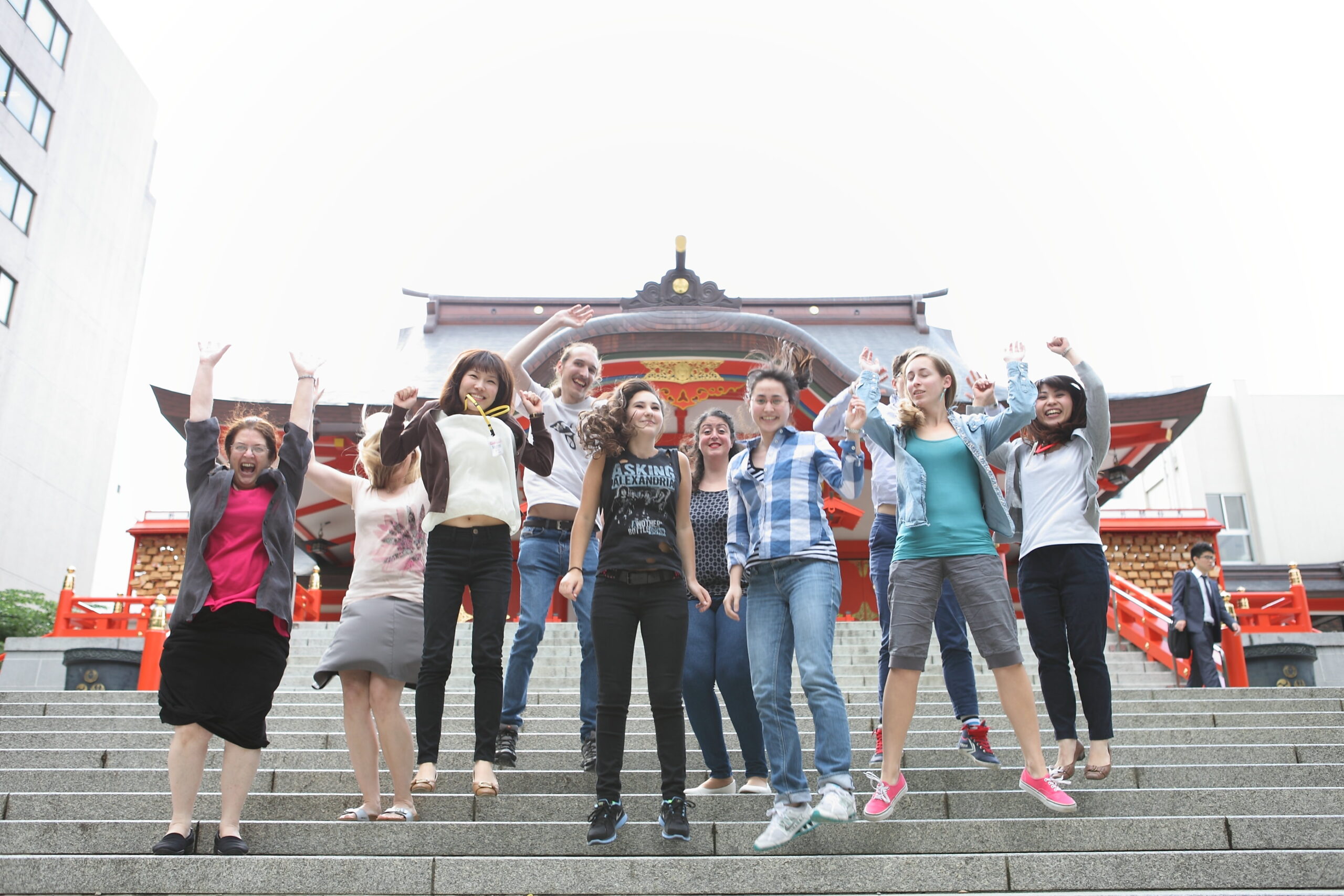
Genki Japanese & Culture School, widely known as GenkiJACS, stands out for its energetic, communicative approach to language learning. Rather than focusing solely on academic Japanese, GenkiJACS emphasizes everyday conversational use, tailored especially for students whose first languages do not use kanji. With small class sizes capped at around eight students, the school offers a personalized learning environment where instructors can adapt lessons to your pace and goals
Naganuma School – Tokyo

Founded in 1948, Naganuma School is one of Japan’s most historic language institutions. Its programs are well-balanced, offering morning and evening schedules to accommodate working residents and short-term students. Known for academic rigor, Naganuma prepares students thoroughly for JLPT exams and the EJU (Examination for Japanese University Admission). Its central Tokyo location makes it convenient for exploring the city while pursuing intensive study.
Japanese Language School Costs in Japan 2025
The price of studying at a Japanese language school depends on factors such as location, course length, and the type of program. Below, we’ll break down the main expenses so you can plan your budget effectively.
Japanese Language Schools – Tuition Fees
The cost of attending a Japanese language school varies depending on the length of the program, the type of course, and the location of the institution. Students can choose from short-term study options, standard term courses, or longer intensive programs designed for those pursuing language fluency and student visas. While tuition fees in Japan are generally affordable compared to many other countries, it is important to consider additional expenses such as application fees, textbooks, and cost-of-living differences between major cities like Tokyo and smaller regional areas. The following breakdown highlights the typical tuition ranges for different study durations.
Standard Term (3-Month)
Typical three‑month course fees generally fall within ¥150,000 to ¥250,000—which is approximately $1,000 to $1,700 USD. While this range is a useful ballpark, it’s important to note that recent data from some schools suggest that prices might vary—and sometimes be slightly higher depending on the institution and region.
One-Year Intensive Program
Longer-term intensive Japanese language programs tend to offer better value per month. Annual tuition for a one‑year program typically ranges between ¥600,000 and ¥900,000 (about $4,000 to $6,000 USD)—a budget-friendly rate compared to many university-affiliated language courses. This discounted effective rate for extended study reflects the structure preferred by student‑visa applicants.

My tuition fees at the Naganuma School was:
¥200,950 – Summer Term
¥200,950 – Autumn Term
¥100,000 – The Initial Enrolment
¥20,000 (¥10,000 for each term) – Facilities Fee
¥6,250 – Material Fee
Bringing the total to ¥534,400 for 6 months.
Short-Term Courses (a Few Weeks to 3 Months)
Short-term programs are often offered for durations of a few weeks up to three months, making them ideal for travelers or exchange students. The tuition for these programs generally ranges between ¥50,000 and ¥100,000 (roughly $350 to $700 USD), although some can go slightly above depending on the school and location.
Japanese Language Schools – Additional Costs
Beyond tuition, students should budget for extra charges:
- Application Fees: ¥20,000–¥30,000 ($130–$200 USD)
- Textbooks and Materials: ¥10,000–¥20,000 ($70–$140 USD) per term
- Facility Fees: Vary by school, sometimes bundled with tuition
Scholarships and Discounts
Scholarship opportunities for Japanese language school students are limited, but they do exist. Many institutions collaborate with local governments, educational organizations, or cultural exchange programs to provide partial financial support. One of the most well-known is the Monbukagakusho (MEXT) Scholarship, offered by the Japanese government for international students pursuing higher education, including preparatory Japanese language programs.
In addition, the JASSO (Japan Student Services Organization) offers scholarships for short-term study in Japan, which can help cover tuition and living expenses for students enrolled in exchange or language training programs.
At the school level, many Japanese language schools offer their own tuition reductions. These may include:
- Early Enrollment Discounts – Reduced tuition for students who apply well before the term starts.
- Multiple-Term Packages – Lower overall costs for those who commit to two or more consecutive terms.
- Attendance and Academic Awards – Small scholarships or fee waivers granted based on performance or attendance.
While these discounts are generally modest compared to full scholarships, they can still make a noticeable difference in the total cost of study. Prospective students are encouraged to check directly with their chosen schools, as eligibility and availability vary.
Living Expenses of Studying in Tokyo
For students planning to study in Japan’s capital, budgeting for daily living is just as important as tuition. Tokyo is vibrant and full of opportunities, but it also comes with higher costs compared to other cities.
On average, international students spend ¥120,000 to ¥150,000 per month to cover the essentials—rent, transportation, food, and utilities. Rent is usually the largest expense, particularly if you choose to live close to central districts, while commuting costs and meals quickly add up in daily life.
To see a full breakdown of housing, groceries, utilities, and lifestyle expenses, you can refer to this detailed guide: Cost of Living in Tokyo 2025 – JoynTokyo.
This estimate provides a realistic baseline, but your actual monthly budget will vary depending on lifestyle choices, housing arrangements, and how much you take advantage of student discounts.
Application Timeline & Visa Process
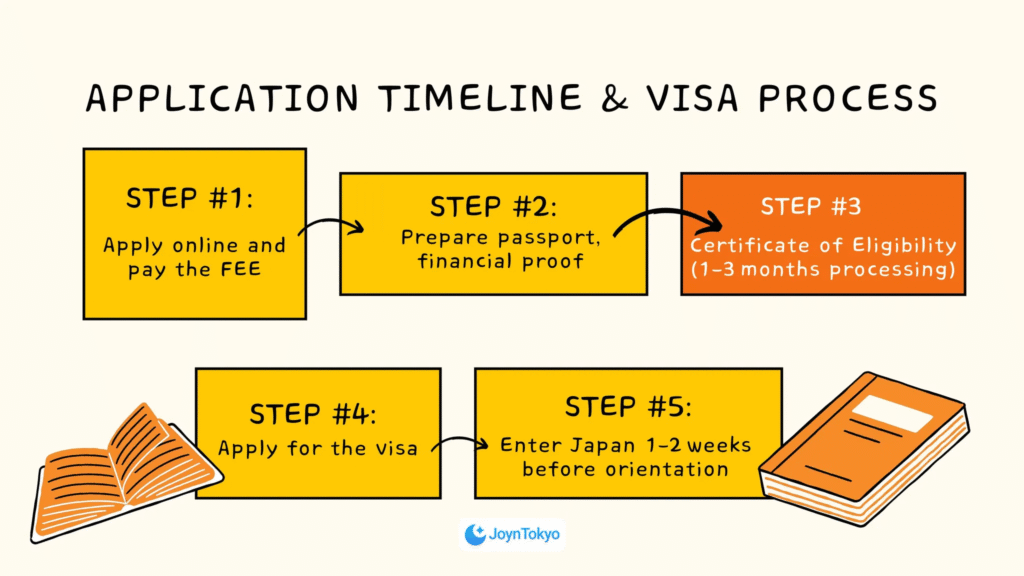
Most Japanese language schools have two main intake periods: April (spring term) and October (fall term). A smaller number also accept students in January and July, but the April and October intakes are the most common.
To ensure a smooth process, students should begin preparations at least six months in advance. This timeframe allows for gathering required documents, school review, and the processing of the Certificate of Eligibility (CoE)—a crucial document issued by Japan’s Immigration Services that is needed to apply for a student visa. Without the CoE, you cannot receive a visa to study long-term in Japan.
Once the CoE is issued (a process that typically takes 1–3 months), students can apply for their visa at the Japanese embassy or consulate in their home country. It is recommended to arrive in Japan 1–2 weeks before orientation to settle housing and complete initial registrations.
Quick Checklist
- Apply online and pay the application fee
- Prepare documents: passport, financial proof (about ¥1.5 million per study year), academic transcripts
- School submission: the institution files your CoE application to Immigration (processing takes 1–3 months)
- Visa application: submit your CoE and other documents at your local Japanese embassy or consulate
- Arrival: enter Japan 1–2 weeks before orientation begins
Japanese Student Visa Rules
Holding a student visa in Japan comes with important responsibilities. Schools are required to report student progress and attendance to immigration authorities, meaning your status depends not only on enrollment but also on how well you follow the rules.
Attendance Requirements
Students must maintain an attendance rate of at least 90%. Falling below this threshold can trigger warnings from the school and, in serious cases, jeopardize your visa renewal. Consistently poor attendance is viewed as a violation of visa conditions, as immigration assumes students who do not attend classes are not genuinely studying.
Part-Time Work Restrictions
Student visa holders are allowed to work up to 28 hours per week during the school term, but only if they obtain a special permit called a “Permission to Engage in Activity Other Than That Permitted” (資格外活動許可). During long school breaks (such as summer or winter vacation), students may work up to 40 hours per week. Exceeding these limits is a serious offense and can result in visa cancellation or deportation.
Financial Stability
Applicants are required to show proof of funds (around ¥1.5 million per year of study) during the application process, but even after arrival, students are expected to maintain financial stability. Relying solely on part-time work to cover living and tuition costs is not permitted, as the visa is meant for study, not employment.
Renewal Conditions
Student visas are typically issued for 6 months to 2 years, depending on the school and program. Renewal is not automatic—you must demonstrate continued enrolment, good attendance, and sufficient financial resources.
Key Takeaways & Next Steps
A Japanese language school offers far more than grammar drills—it provides an immersive springboard into higher education, new careers, and deep cultural understanding. With careful budgeting, early application, and a clear learning goal, 2025 can be the year you unlock fluent Japanese in Japan.






